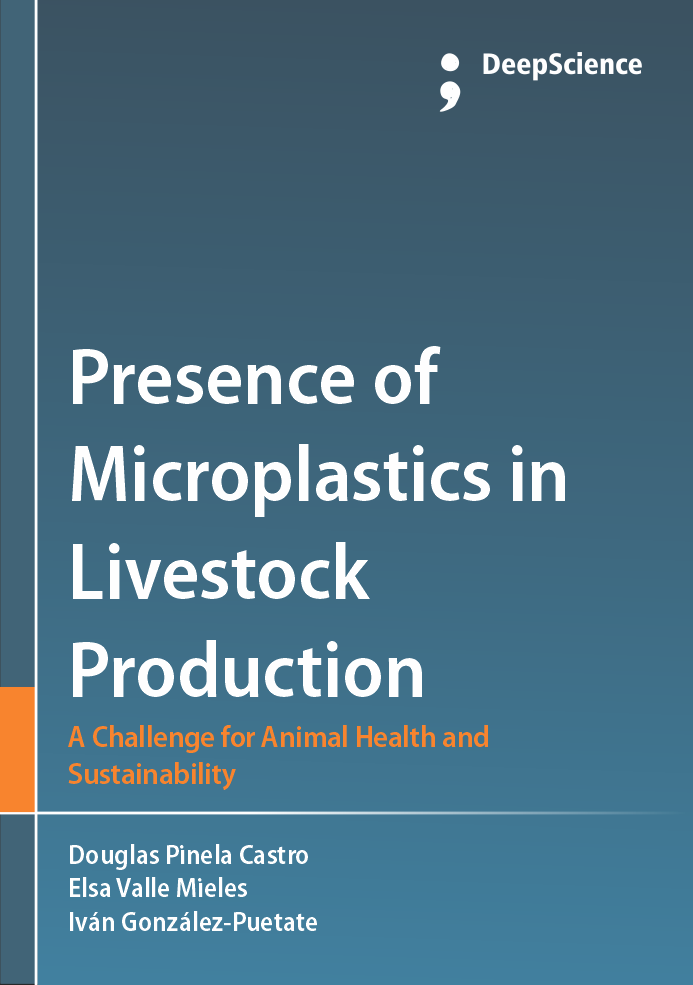Microplastics in Small Ruminants I
Synopsis
The research work in the Province of Guayas (Ecuador) aimed to evidence the presence of microplastics in sheep based on the analysis of 200 samples divided between feces, sources of water, and diet types given. Different methods were applied for the different analyses. The findings were shocking, with microplastics found in every single sample. The most significant factors, such as water origin and feed category, were assessed, which indicated that they are both sources of pollution in sheep. Statistically, dependent and independent factors related with the contamination in these animals were detected. However, one of the biggest concerns is due to their omnipresence, microplastics have now become an enormous problem for both human health and the environment, in part because of their slow disintegration. The build-up of the microplastics is a significant issue as the plastic items typically have a very short useful life and are generally single use, yet they remain in the environment for years without breaking down.













